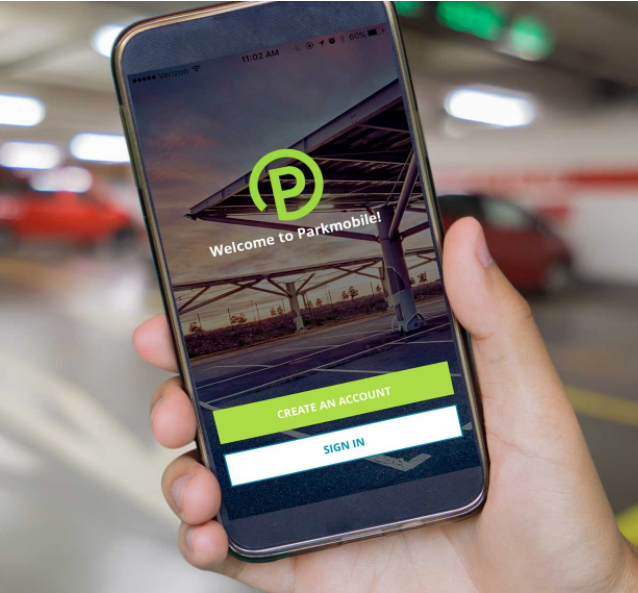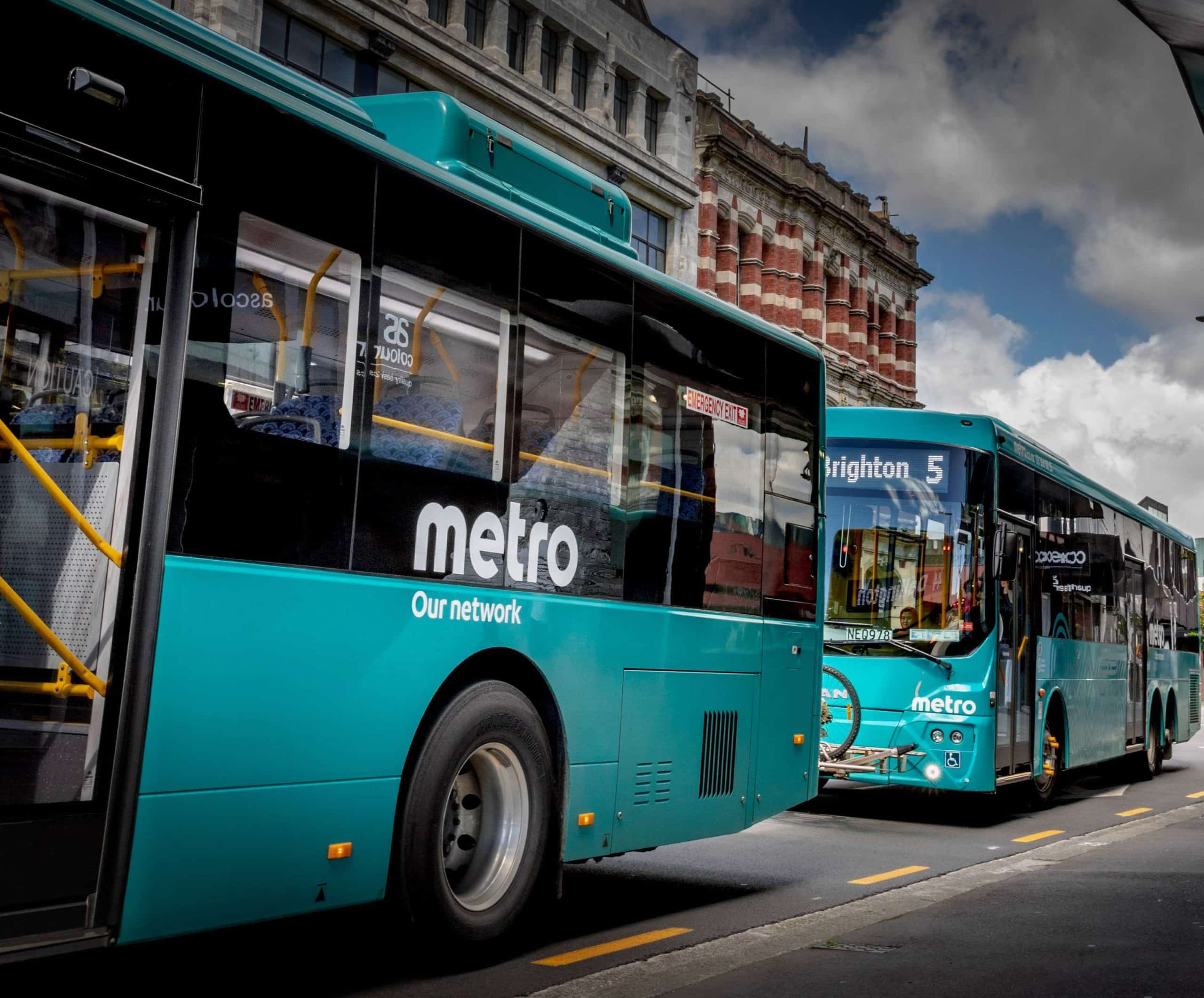
Article Highlights
Google is seeking to build the utility of its payments service, Google Pay, with transit and parking fare payments in addition to retail payments and money management.
ParkMobile operates in 450 North American cities, and the company said its parking locator and payments application has 25 million users.
• Google
• ParkMobile
• EasyPark
• Token Transit
Google will enable users to pay for parking with U.S.-based parking locator and payments vendor ParkMobile within its Google Pay app starting this month in Atlanta, GA, as the search giant continues to seek to make its payments app a transit-ticketing and parking-fare-payments hub.
















